Kathleen Miles is the executive editor and cofounder of Noema Magazine. She can be reached on Twitter at @mileskathleen.
Prescription drug overdoses account for thousands of Los Angeles emergency room visits, according the LA County Department of Public Health.
In 2009, there were 5,382 emergency room visits and 3,048 hospitalizations for prescription drug overdose, according to a report released by the department Monday.
“This is a very serious problem,” Dr. Jonathan Fielding, director of the department, told The Huffington Post. “It’s reached the level that it is purely a broad public health concern.”
More than 60 percent of drug-related deaths in the city between 2000 and 2009 were caused by prescription drug overdose. And publicly-funded rehab programs reported that the number of people checking in for prescription drug abuse doubled between 2005 and 2010, the report says.
Drug-induced deaths now exceed all other causes of injury death nationally, including deaths from car accidents and firearms, according to Centers for Disease Control and Prevention data.
And the problem is growing, especially among youth. In LA County, 11 percent of 9th graders, 14 percent of 11th graders, and 37 percent of students in continuation or alternative high schools reported misuse of prescription drugs at least once.
In 2010, an estimated 2.4 million Americans used prescription drugs nonmedically for the first time within the past year, which averages to approximately 6,600 initiates per day.
Nonmedical use of prescription drugs is now second only to marijuana use among the most prevalent drugs of choice in the U.S., according to the report. And in many states, the first drug used by most youth is prescription drugs, instead of marijuana.
This change is driven in part by a perception that prescription drugs are easier to obtain and are less harmful than illegal drugs, the report explains. LA deaths that tested positive only for prescription drugs were most common among whites (71 percent). Of those deaths, 64 percent were unintentional.
Higher percentages of the misuse of prescription drugs in LA were reported among younger adults, with the following breakdown: aged 18-29 years (7.3 percent), aged 30-39 years (7.6 percent), aged 40-49 years (4.7 percent), 50-64 years (3.9 percent) and 65 years and above (1.5 percent). Slightly more males (6.6 percent) reported misuse than females (4 percent).
Prescription drug treatment admissions in LA were most common among people who had education beyond high school and full-time employment, the report says.
And while prescription drugs include opioid pain relievers, stimulants and sedatives, the use of opioids far exceeds stimulants and sedatives nationally and in LA. Between 1997 and 2007, there was a more than 600 percent increase in the amount of opioids prescribed nationally and almost a 300 percent increase in deaths involving opioid pain relievers, according to the CDC.
And drugs are being mixed. Among those who tested positive for a prescription drug in LA, 96 percent tested positive for more than one drug.
For solutions to the problem, the report recommended educational efforts for schools and families, prescription drug “take-back” events, and more evidence-based pain-management programs for people who undergo surgery or require pain medications.
Fielding, the director of the LA public health department, also said that he hopes more physicians will join the 10,000-some physicians in California who use the state’s online database, which tracks written prescriptions. “This could cut down on ‘doctor shopping’ that people do to get the drugs they want,” Fielding told HuffPost.
He also said the city needs more than the very few drug disposal centers currently available. One difficulty, he explained, is that pharmacies are hesitant to become disposal centers because it could make them vulnerable to theft.
The state and federal governments have also been cracking down on doctors who prescribe prescription drugs irresponsibly. In October of last year, a federal grand jury charged 16 doctors and health care professional of running an Oxycontin trafficking operation in Southern California.
The group fraudulently obtained the pills essentially for free from Medicare and Medi-Cal and then sold over a million Oxycontin pills for about $25 a pill on the street.





